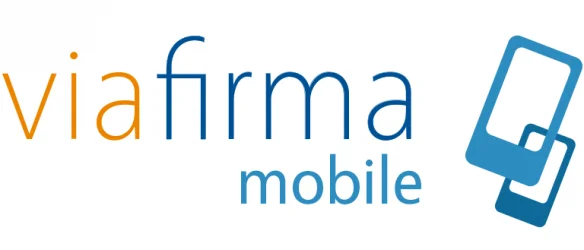Viafirma’s team is celebrating, today July 29th, is the 6th anniversary of Viafirma Mobile’s launching to the different markets and to celebrate it, we want to make a tour through the main milestones achieved during this time. Let’s start.
It seems like yesterday when we published that the digital signature with Viafirma was already available in the markets and we showed you how to sign digitally with iPhone and iPad. Viafirma Mobile was born to satisfy the need of users who increasingly interact from mobile devices such as smartphones and tablets.
Traditionally, authentication had to be performed from the computer, since that is where the digital certificate was installed, which was a real usability problem.
We were in an increasingly changing environment, where more and more users were accessing the Internet from their cell phones and being able to operate from any device was gaining importance.
The digital signature for mobile devices became an imminent need, which Viafirma was able to detect.
Viafirma Mobile was the first platform able to support authentication and digital signature on Android, iPhone and iPad, allowing users to identify themselves with their digital signature in different web applications from their device, which was a milestone in terms of mobility.
We were not the only ones to realize the need for adaptation to mobile devices, in fact currently any web platform has a support for interaction from these. This is what is known as responsive design.
The platforms that have an electronic signature in their web version, must support the advanced electronic signature in their version for mobile devices, this is where Viafirma Mobile is very useful.
Currently, Viafirma Mobile is available in all markets and works with any operating system, thus guaranteeing the principle of Technological Neutrality (Law 11/2007).
Technological neutrality refers to the freedom of users and entities to choose those operating systems, devices and browsers that best suit their needs when interacting with an Administration, entity or company, thus guaranteeing their freedom. If you analyze the Compatibility Matrix, it will be difficult to find another similar solution that is so strict in its technological neutrality.
In this line of prioritizing the user experience, we understood at a very early stage of our mobile developments, that, although it could take us more effort, the products would be more usable, robust and agile, if instead of developing a single cross-platform application type “multipurpose Swiss army knife”, we made a specific development for each operating system.
Native application development offers substantial benefits over cross-platform application development based on WebViews (PhoneGap, etc.). These are especially notable in terms of performance.
Native applications use the full capabilities of the operating system where they are running, using the original visual components of the operating system, as opposed to cross-platform applications, which use the components of the HTML rendering engine that is available (and which, in many cases, is different between devices).
In Viafirma Mobile we have since almost the beginning of a team specialized in Android and iOS, mainly. Well, we also made our first steps for Blackberry and even Firefox OS, but we all know the end of that story… And we do not leave behind the younger brother of the family, Windows, which, despite the stumbles it has been taking, seems to be starting to stomp with Windows 10 Mobile.
As expected, since 2010, the solution has improved tremendously:
- The electronic signature can be supported in any operating system currently on the market.
- The applications integrated with our current version allow direct and free of charge electronic signature and authentication from tablets and smartphones.
- It allows the signature through digital certificate or advanced biometric signature. The latter is endowed with legal validity through the collection of evidence at the time of signing, which are encrypted in the pdf of the signed document itself:
1.- Capture biometric data such as the pressure of the trace of the signature itself, analyzing each point itself and uncopyable.
2.- It has a geolocation system so that the signature saves the exact coordinates of the place where the signing has taken place.
3.- The time stamp, which means that the exact date on which it was signed is stored.
4.- When the document is encrypted, it could only be decrypted by the trusted third party – certification authority – under a court order.
If you have any doubts about how Viafirma Mobile works or what it can do for you, do not hesitate to contact us.
Viafirma Mobile Milestones
Here is a summary of all the milestones achieved by Viafirma Mobile since its launching, in chronological order:
A step further in Mobility: Viafirma Document
As it happened in 2010 when Viafirma Mobile was developed, in 2014, our team realized the need to go a few steps further in terms of mobility and authentication in uncontrolled environments. In order to facilitate the users’ work, Viafirma Documents was created.
Viafirma Documents is a solution that integrates Viafirma Mobile, but giving the user the possibility not only to identify himself, but also to sign documents through his mobile device. A perfect solution for people who need to be constantly moving or participating in fairs and/or events.
From Viafirma, we work every day to improve the usability of the digital signature in different mobile devices. So, in a very short time we will announce the launching of the new version of Viafirma Documents 3.0.
We’ll be back next week!
